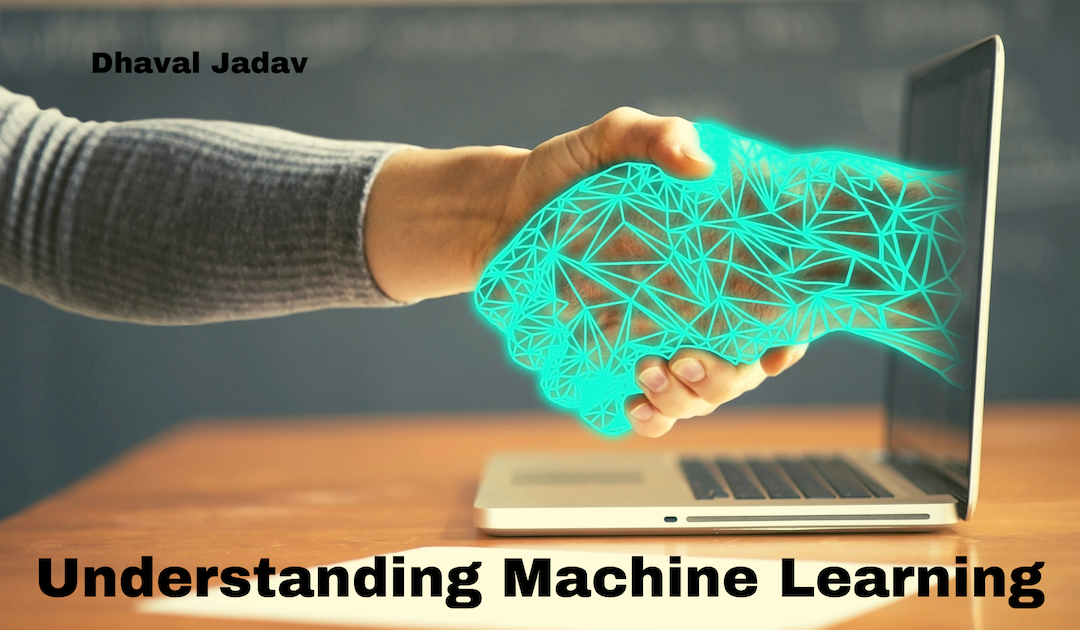From the dawn of civilization, humanity has employed all kinds of machines to make life easier. With the advent of things such as calculators, personal PCs, and finally smartphones, we’ve been able to invent machines to aid with our calculating and thought processes as well.
Still, one of the biggest breakthroughs yet may be just around the corner in the form of machine learning.
What Is Machine Learning?
In the most basic terms, machine learning allows machines to accurately discriminate between and successfully identify different things. You can program a machine to identify different words, colors, and shapes, but machine learning takes things to the next level by developing ways for the machine to identify those things on its own.
How it Works
To do that, the machine needs a lot of data as well as sophisticated algorithms to not just recognize patterns based on things already programmed into it, but to use that programming in a predictive way to identify things it’s never seen before.
Imagine if someone handed you an apple. You’d immediately be able to identify it as such. Now imagine someone hands you an apple that’s been dyed blue. You’d understandably think that’s odd, but still probably be able to recognize it as an apple based on other context clues (that is, its shape, size, texture, smell, and so on).
Machine learning aims to give machines the ability to learn that way as well. It isn’t just about programming in endless amounts of data for future recognition, but teaching computers how to use that data as reference points within algorithms that help them understand “context” and how to read it.
Machine learning also aims to be predictive based on user responses. For example, when you go on social media and interact with certain friends or pages, an algorithm takes note, helping it “learn” and thus “decide” what to show you on your feed and in what order.
YouTubers such as CGP Grey do a fantastic job of explaining the ins and outs of how this works, as well as its potential applications (see: self-driving cars and online shopping).
As machines become more sophisticated, machine learning isn’t so much a question of “if” anymore, but “when,” and to what degree machines can “learn.” Of course, that itself begs the question of what it truly means to “learn” anything, demonstrating once again how machine and human development are intertwined.


Recent Comments